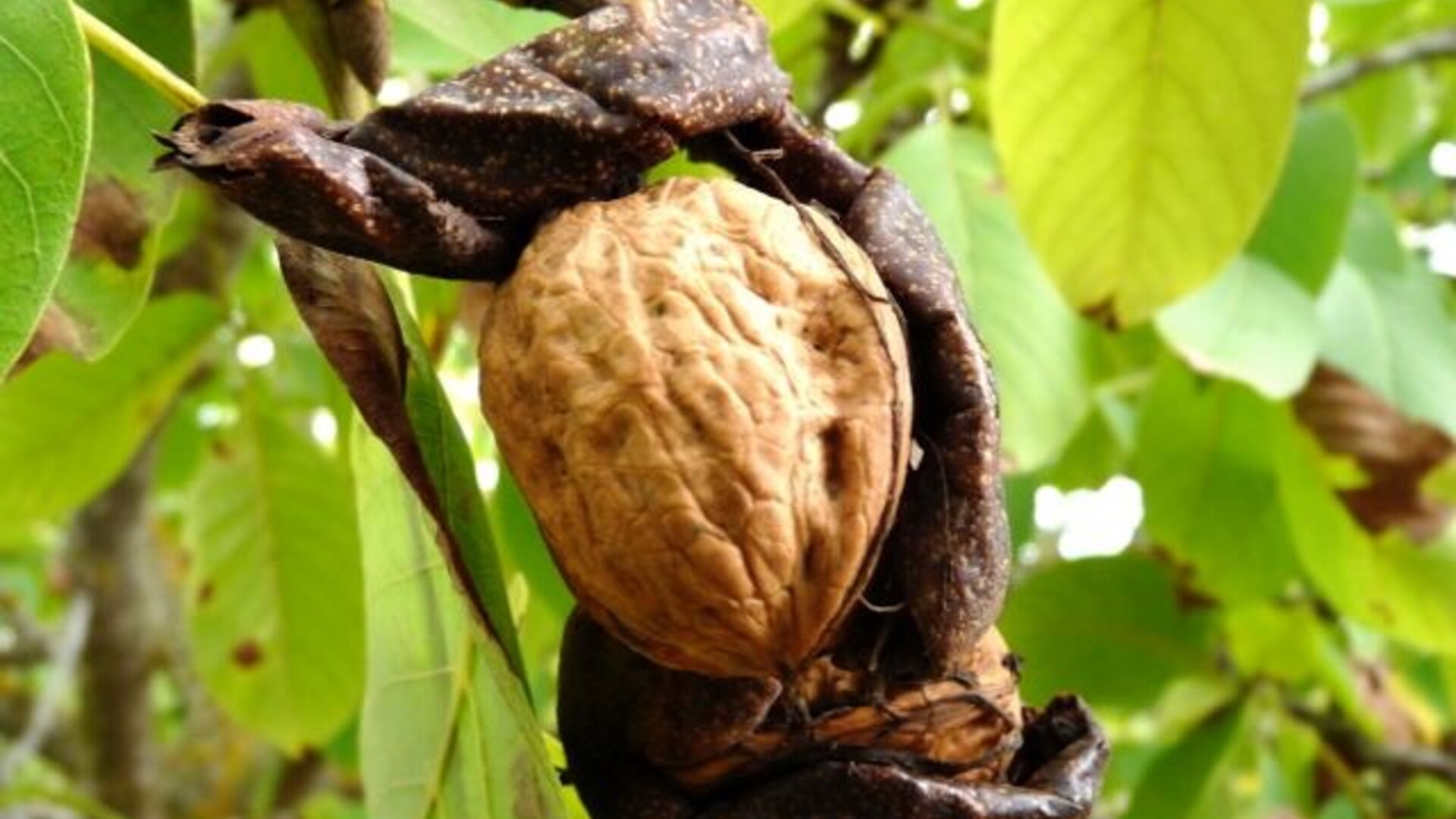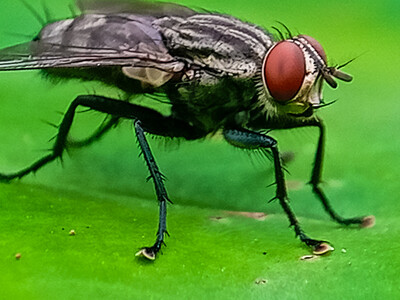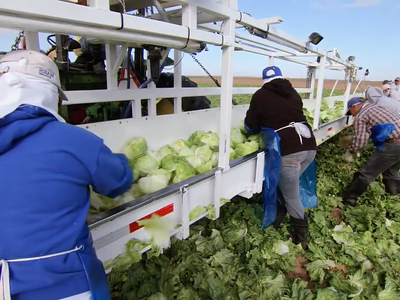Breeding Phytophthora Resistance in Walnuts
Greg Browne is a Research Plant Pathologist with USDA ARS based at UC Davis. His lab is working hard on rootstock resistance to these pathogens“With such hybrids of Juglans microcarpa by Juglans regia (English Walnut) to see if we can combine resistance to Phytophthora with resistance to other soil, born pathogens,” Browne said.
And Browne said that crown gall is an important target “For walnuts. Dan Kluepfel (USDA ARS) lab is pursuing that resistance and then of course, resistance to lesion and other nematodes on walnut is another very important target. Andreas Westphal (UC Kearney Ag Center) is targeting that resistance in these hybrid populations,” Browne explained.
And Browne said that developing resistance in rootstock to these pathogens is the best approach. “For Phytophthora anyway, as long as they have fumigants and can use them effectively, they can be a very efficient way to get at the nematode problems,” noted Brown. “But fumigation has not been real effective for like Phytophthora. So in a moment because of its capacity, if it is in the soil, it's not everywhere, but where it is, it can reproduce very rapidly. So even if you knock it way down at the beginning, it has a propensity to come back, attack those trees. So really we liked the idea of a resistant rootstock,” he said.
You're more Walnut news. The Journal of Nutrition, looked at how heart health may start with a healthy gut. The study explored how eating walnuts may promote favorable changes in the gut, and it may also be associated with heart health benefits.

















